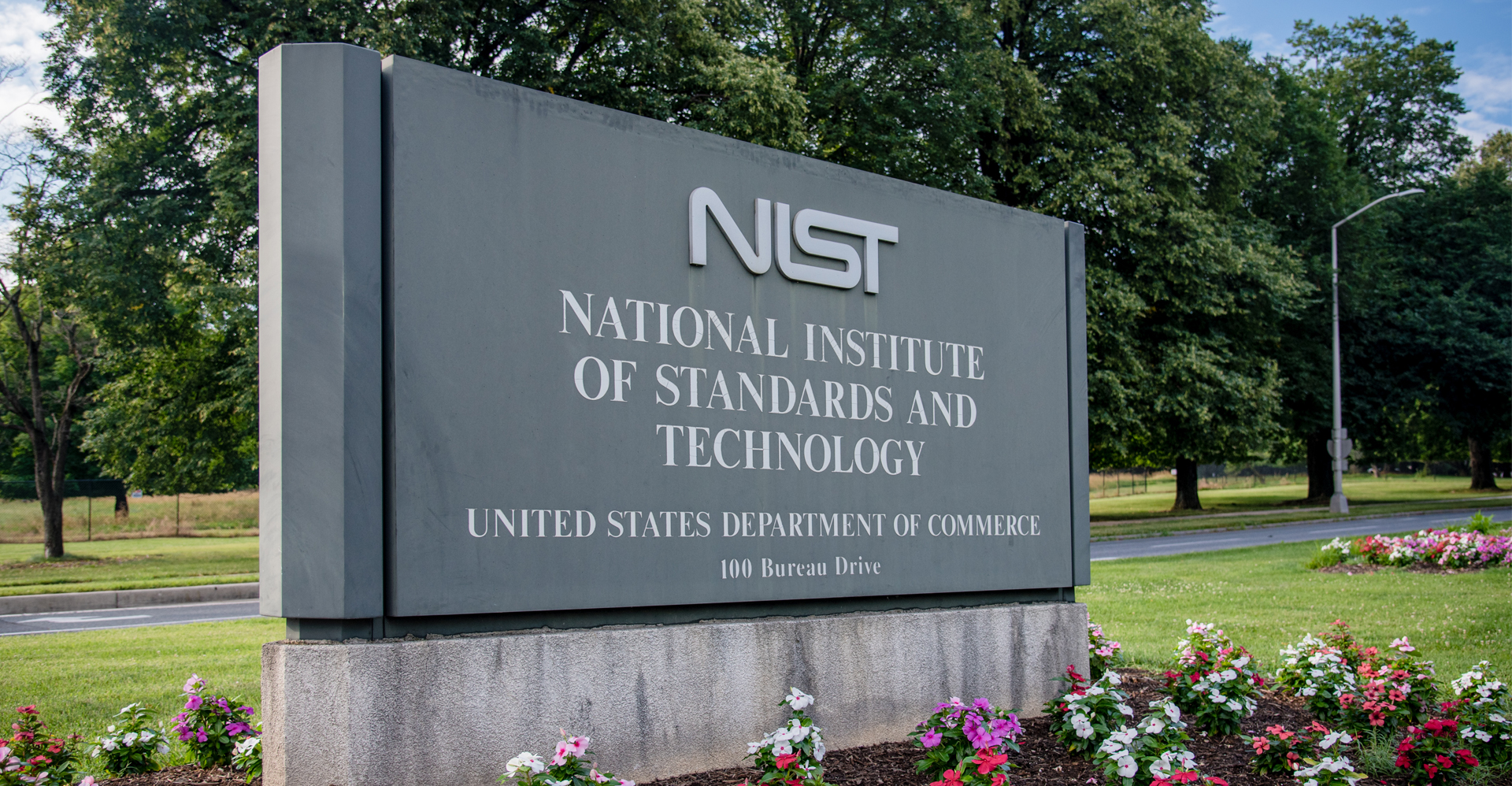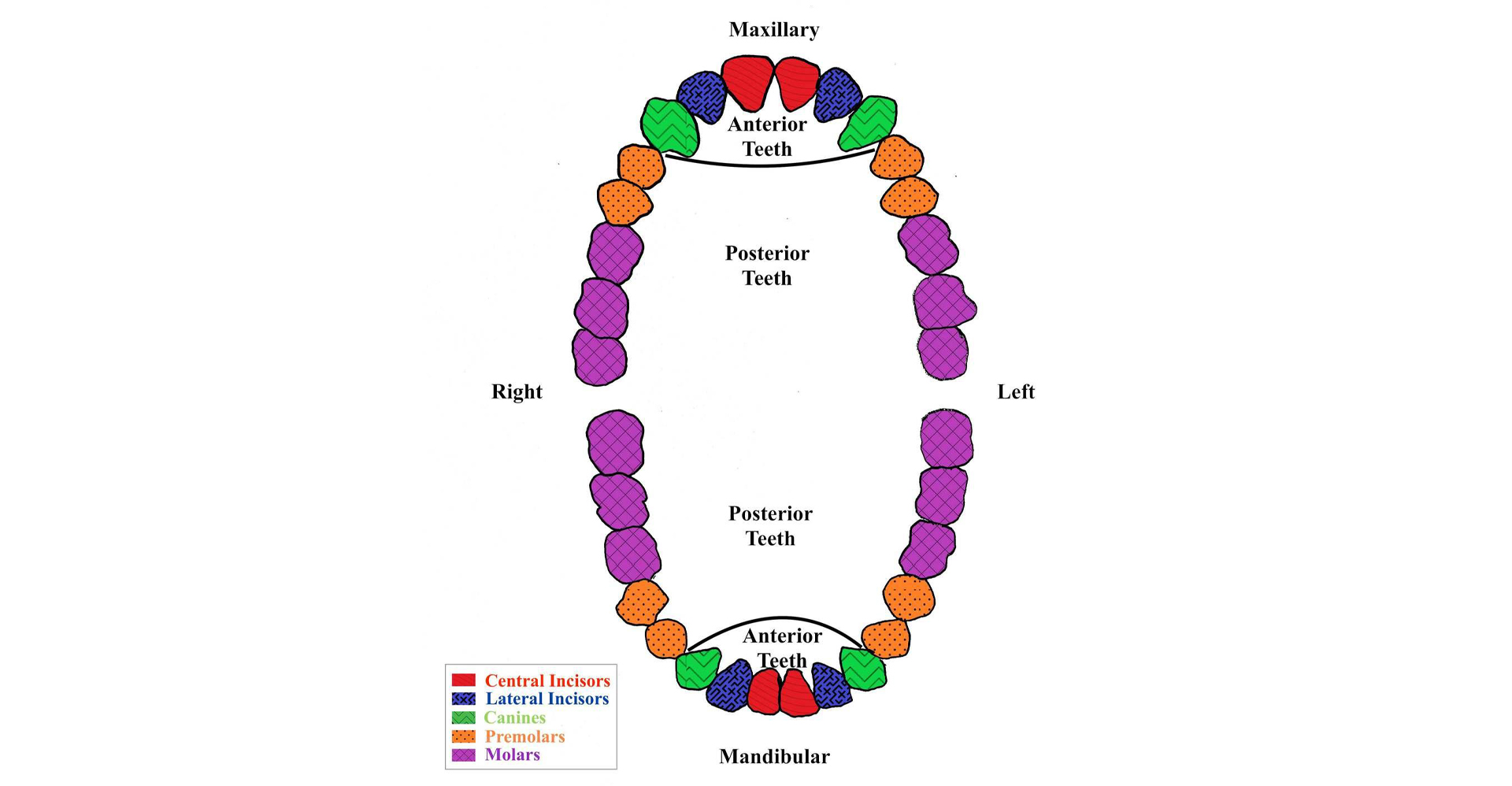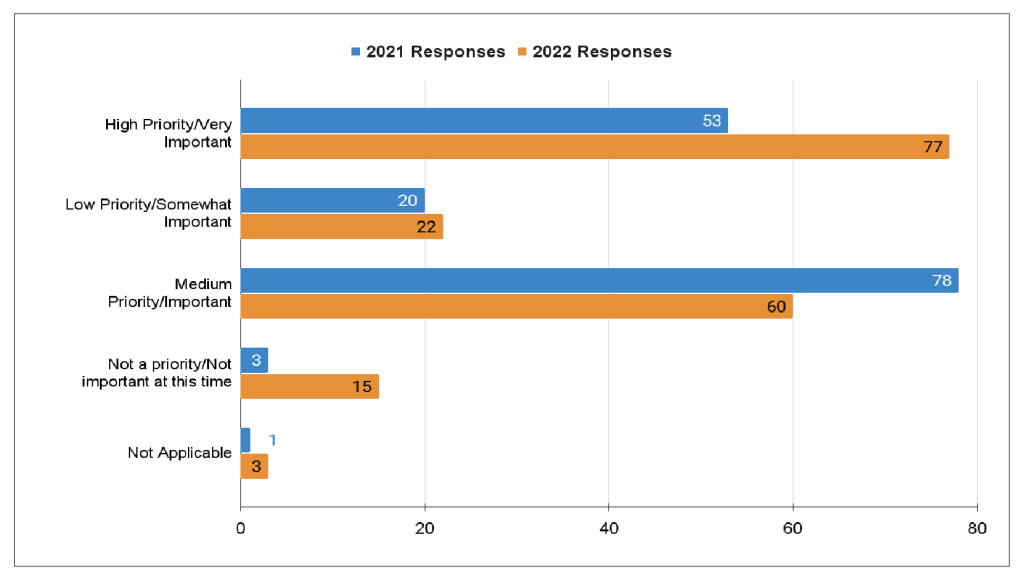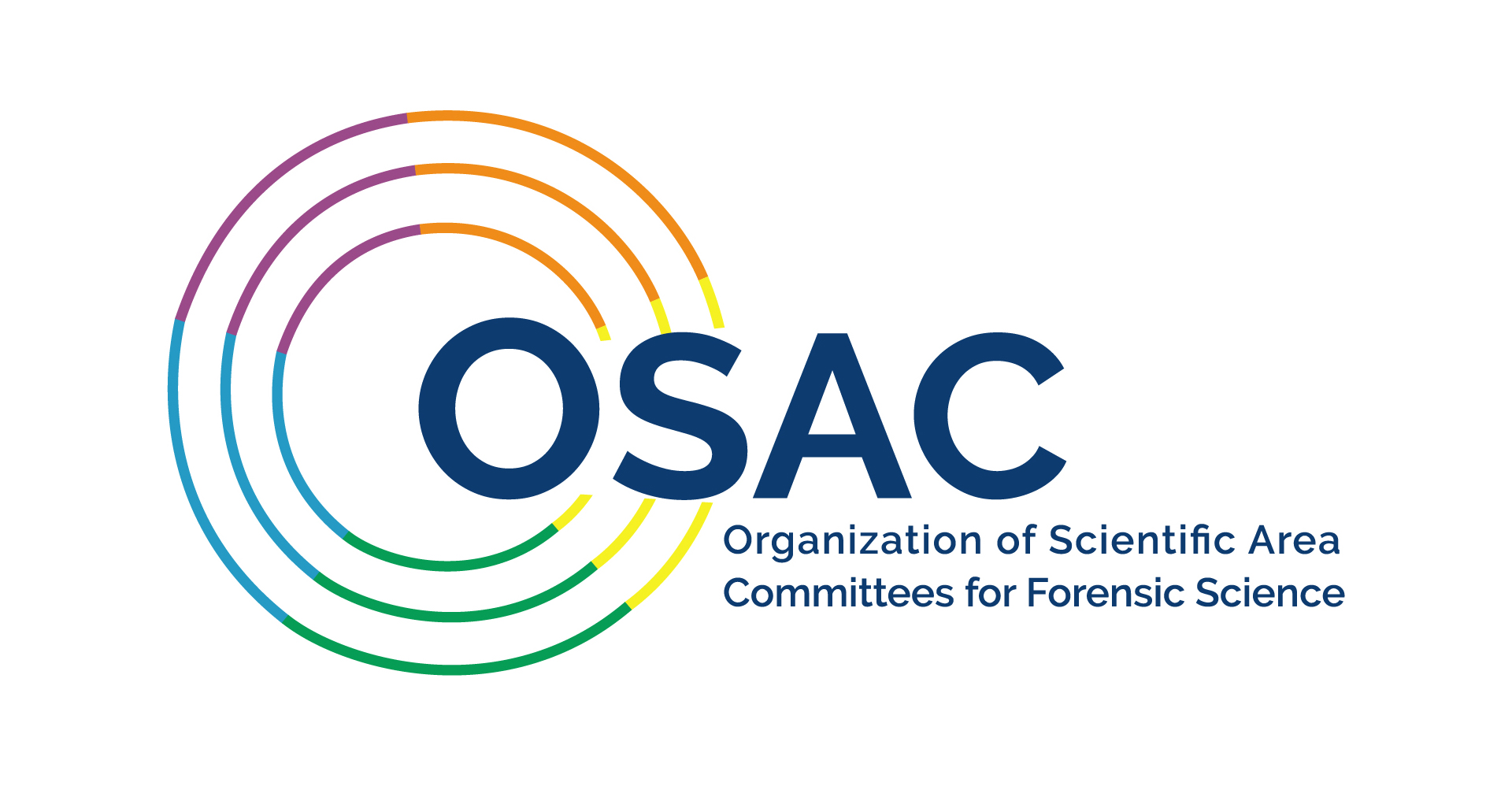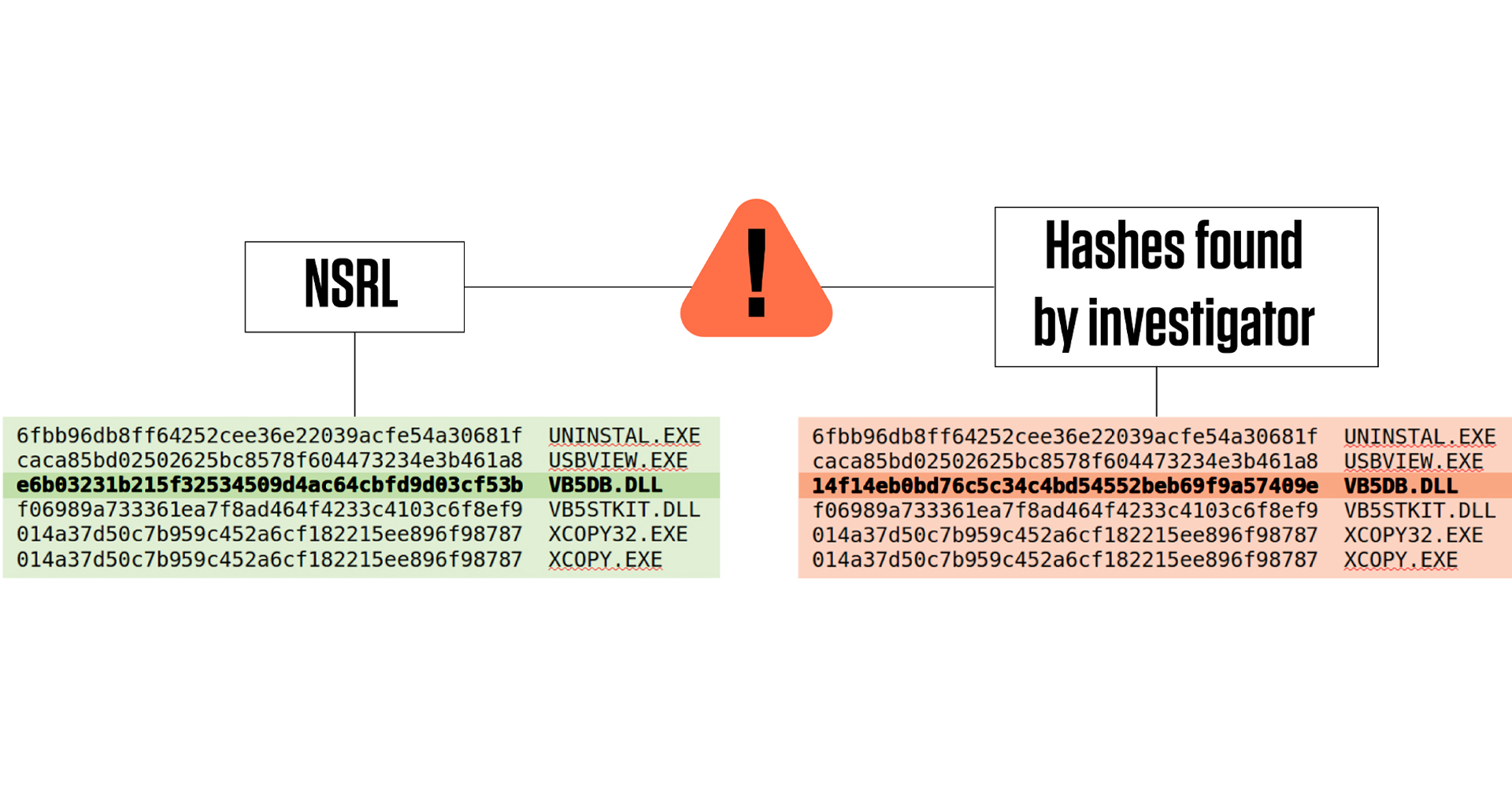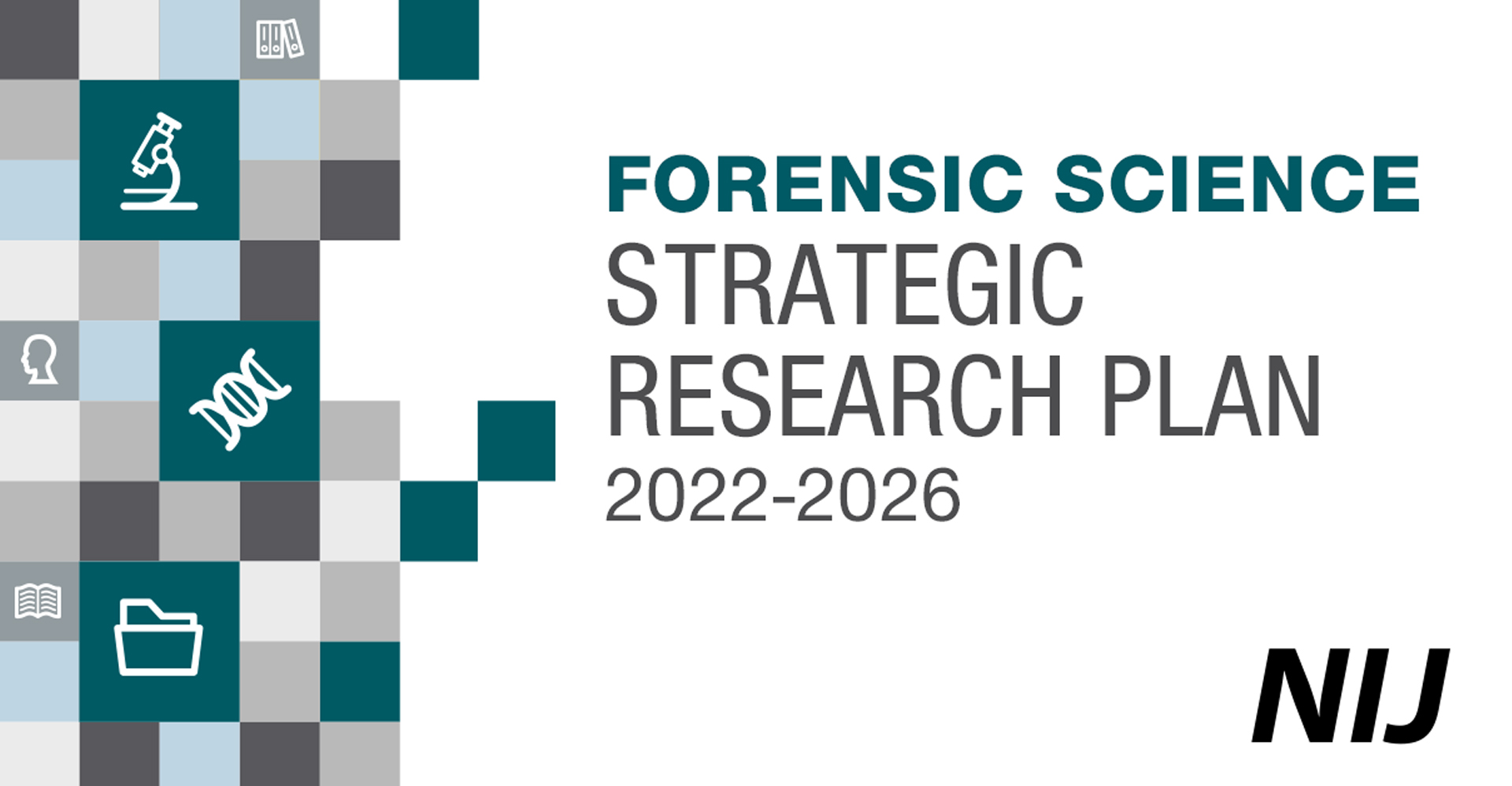The National Institute of Standards and Technology (NIST) has begun work on a new Scientific Foundation Review for footwear impression examination and will hold a workshop on this review at the 2023 International Association for Identification (IAI) Annual International Forensic Educational Conference.
The IAI Conference will be held Aug. 20-26 in National Harbor, Maryland, and the NIST-hosted workshop, “Footwear Impression Examination: A NIST Scientific Foundation Review,” will take place Aug. 25 from 10 a.m.-3 p.m. EDT.
NIST Scientific Foundation Reviews document and evaluate the scientific basis for forensic science methods and practices. These reviews focus on the published scientific literature and other relevant sources of data that can provide information on questions of reliability. To date, NIST has begun or completed reviews on DNA mixture interpretation, digital evidence, bitemark analysis and firearms examination.
The workshop at the IAI Conference will explore key questions, premises and knowledge gaps in forensic footwear examination to inform a Scientific Foundation Review of the practice. Participants will hear about progress and plans for this review and can provide feedback on the literature gathered and identified claims for the field. This workshop is part of a study that will culminate with a public report from NIST regarding scientific foundations for performing forensic footwear examinations.
The workshop will be led by Kelly Sauerwein, a physical scientist with the Forensic Science Research Program in the NIST Special Programs Office, and John Butler, a NIST Fellow and Special Assistant to the Director for Forensic Science in the NIST Special Programs Office.
For questions about the workshop or information on potential travel support, contact Sauerwein at kelly.sauerwein@nist.gov.
For more information about NIST Scientific Foundation Reviews, go to https://www.nist.gov/forensic-science/interdisciplinary-topics/scientific-foundation-reviews.
For more information about the 2023 IAI Conference, visit https://na.eventscloud.com/ehome/107thiaiconf/1202792/.

